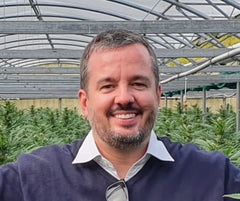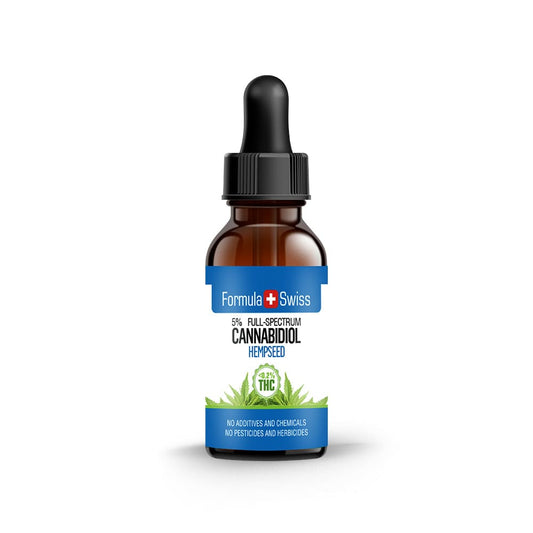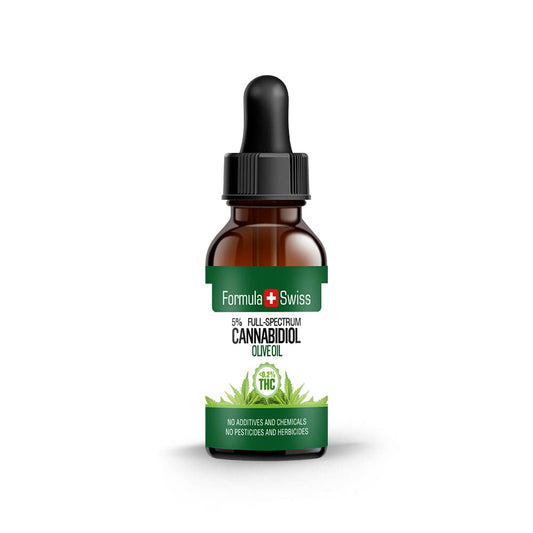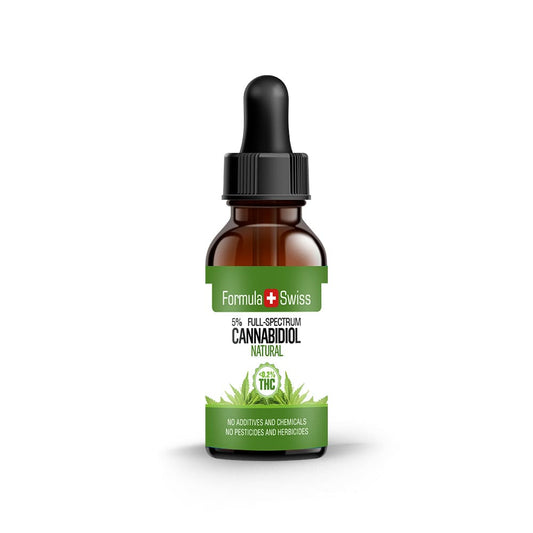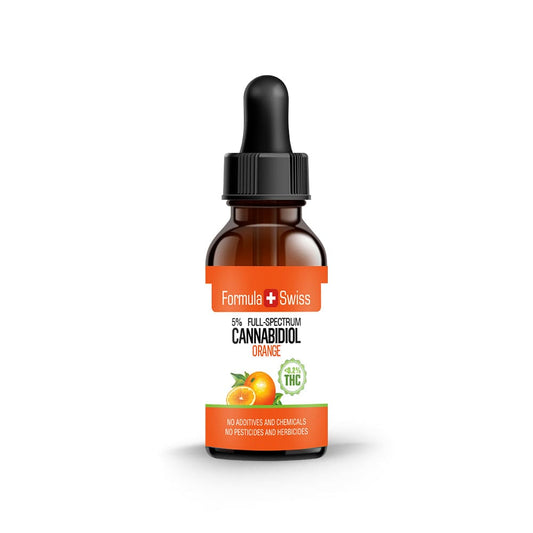While CBD and THC still take the spotlight in most cannabinoid conversations, cannabigerivarin (CBGV) has started to attract more attention for its distinct structure and its increasing presence in scientific circles.
After more than ten years working in the cannabis space, especially with CBD and hemp, I’ve noticed a growing curiosity around cannabinoids that don’t often make headlines. CBGV is one of these. It’s a compound that really deserves a closer look.
In this piece, I’ll be covering what CBGV is, what sets it apart from other cannabinoids, where it comes from, how it interacts with the body’s endocannabinoid system, and why it’s becoming a topic of interest in research.
Drawing from what’s currently known and what I’ve personally observed over the years, my aim is to give a straightforward and informative look at how CBGV fits into the wider picture of hemp-based compounds.
Prefer watching over reading? This video covers the key points from the article:
Save up to 30% when you order your CBD oil today
Key Takeaways
- CBGV is a minor cannabinoid found in the cannabis plant, sharing structural similarities with CBG.
- It belongs to the varin-type class of cannabinoids, characterized by a propyl side chain.
- CBGV is non-psychoactive and does not produce intoxicating effects.
- This cannabinoid appears in lower concentrations and typically requires selective breeding for higher yields.
- Research into CBGV is ongoing, focusing on its role within the cannabinoid profile of hemp.
This article is provided for informational purposes only and does not relate to any of the products available in our webshop. For more information, please see our full disclaimer.
Understanding CBGV
Cannabigerivarin (CBGV) is a cannabinoid that has attracted interest in research because of its distinct chemical structure and its relationship to other compounds in the cannabis plant. Present in certain strains, CBGV stands out for its close structural ties to cannabinoids within the same family.
Examining its composition and the context of its discovery helps place CBGV more clearly within the broader cannabinoid spectrum.
Chemical Composition and Structure
The chemical formula of CBGV is C₁₉H₂₈O₂, with a molar mass of 288.431 g·mol⁻¹. Its structure features a benzene ring and a hydroxyl group, elements that may influence its interactions with biological targets. These traits define it as a varin-type cannabinoid.

Discovery and Research Background
CBGV was first identified in cannabis strains native to regions such as northwest India and Nepal. These natural plant samples served as the foundation for its classification as a distinct cannabinoid.
Initial studies drew attention to CBGV’s unique structure, distinguishing it from more familiar cannabinoids like CBD and THC. This difference has encouraged continued investigation into its potential role in the plant.
As a result, researchers began exploring how CBGV may interact with cannabinoid receptors such as CB1 and CB2. These early efforts laid the groundwork for ongoing studies that aim to clarify its characteristics under controlled research conditions.
Order and enjoy up to 30% off your CBD oil purchase
How CBGV Works: Interaction with the Endocannabinoid System
CBGV interacts with the endocannabinoid system (ECS), particularly with CB1 and CB2 receptors. These receptors play important roles in maintaining balance in various biological systems, including those related to the nervous and immune responses. Their relevance has made them central to ongoing cannabinoid research.
CB1 and CB2 Receptor Mechanism
Current findings suggest that CBGV shows a stronger interaction with CB2 receptors, which are mainly involved in immune-related functions. CB1 receptors, found primarily in the brain and central nervous system, are also part of the interaction profile, although the extent of CBGV’s activity at these sites remains under investigation.
A publication in Frontiers in Pharmacology notes that CB1 and CB2 receptors regulate processes linked to neural activity and immune function. Early observations suggest that CBGV may interact with CB1 receptors in ways that could influence areas such as energy balance and other physiological functions, though more evidence is needed to fully understand these pathways.

The Broader Role of Cannabinoid Interactions
Beyond CB1 and CB2, researchers are studying whether CBGV also interacts with other molecular targets involved in cell signaling. These may include enzymes, ion channels, and receptor systems outside the traditional cannabinoid framework.
Although the full range of these interactions is still being mapped, initial findings are helping to explain how cannabinoids like CBGV may act within complex biological environments. Laboratory-based studies remain essential for clarifying these dynamics under controlled conditions.
The Endocannabinoid System (ECS)
CBGV (Cannabigerivarin) Extraction Process
Extracting cannabigerivarin (CBGV) requires careful methods that isolate the cannabinoid while protecting its structure. Techniques such as CO2 and solvent-based extraction are the most widely used in cannabinoid processing facilities.
Common Extraction Techniques
Two of the most common methods for isolating CBGV include:
- CO2 Extraction: This process uses supercritical carbon dioxide to separate cannabinoids. It is widely preferred because it avoids chemical residues and preserves compound integrity.
- Solvent Extraction: Ethanol and other organic solvents can be used to draw out cannabinoids, followed by evaporation steps to remove the solvent and refine purity.
Both methods are designed to protect the cannabinoid structure and reduce unwanted residues from plant materials or solvents.

Purity and Quality Control
Maintaining purity is essential during cannabinoid extraction. After processing, products undergo detailed quality checks for solvent residues, pesticides, and heavy metals. These assessments help ensure the final extract meets safety and quality standards.
Order CBD oil now and save as much as 30%
Risks and Safety Concerns of CBGV
As research into CBGV expands, its safety profile is still being developed. Current data suggest that CBGV is non-intoxicating, but there is little information available on long-term effects. Continued study is needed to establish a comprehensive safety record.
Importance of Application Awareness
Even though CBGV is not associated with psychoactivity, the amount used remains a key factor in how it behaves. Careful monitoring of application levels supports consistent results and reduces the chance of unexpected outcomes.
Researchers and professionals benefit from following established protocols and recording how varying amounts influence outcomes in controlled studies.
The Future of CBGV in Cannabinoid Research
CBGV is gaining recognition because of its distinctive structure and potential interactions with other cannabinoids. Current investigations are exploring its possible roles in areas such as metabolism, neurobiology, and broader plant compound research.
Preliminary findings suggest that CBGV may provide insights into how cannabinoids function within biological systems. Its uncommon profile continues to inform research directions in multiple fields.

Progress in genetic breeding and cultivation techniques is expected to improve the consistency of CBGV production in select hemp strains. These advances make it easier to conduct detailed research and support formulation work.
The way CBGV interacts with other cannabinoids remains a significant topic of study. Understanding these relationships may provide clearer insight into the broader function of minor cannabinoids within the cannabis plant.
Personal Perspective
Over the years, working with hemp has opened my eyes to just how much more there is to it than most people realize. Sure, CBD and THC tend to dominate the conversation, but every now and then, a lesser-known compound grabs your attention. That’s exactly what happened with cannabigerivarin — or CBGV, as it’s known.
It’s not something I stumbled across in a textbook. I came across it during day-to-day work in hemp processing, while digging into the finer details of how these plants behave. And once you start noticing these smaller compounds, you realize they’ve got their own story to tell. They don’t always shout for attention, but they’re doing something in the background.
CBGV has this way of sitting within the wider mix of cannabinoids that makes you stop and think. It doesn’t try to stand out — it just fits. And that kind of quiet role can say a lot about how hemp works as a whole.
From where I stand, giving these lesser-known elements some attention is just part of doing the job properly. You don’t get the full picture by only looking at the big names. CBGV might not be as famous, but it’s part of what makes the plant as interesting as it is.
Don’t miss out—save up to 30% when you purchase CBD oil today
Frequently Asked Questions
What is CBGV (Cannabigerivarin)?
CBGV stands for cannabigerivarin, a lesser-known cannabinoid found in the cannabis plant. It is structurally similar to Cannabigerol (CBG) but is classified as a varin-type cannabinoid due to a shorter side chain.
How is CBGV different from CBG?
CBGV contains a propyl side chain, while CBG has a pentyl side chain. This minor difference places CBGV in the varin subgroup, which may influence its behavior in plant biosynthesis.
Is CBGV psychoactive?
No, CBGV is non-psychoactive. It does not produce the intoxicating effects associated with cannabinoids like THC.
Where is CBGV found in the cannabis plant?
CBGV typically appears in trace amounts and is more prevalent during the early stages of plant development. Certain hemp strains may express higher levels of CBGV due to selective breeding.
What is the relationship between CBGV and other cannabinoids?
CBGV shares a common precursor with other cannabinoids—CBGA (Cannabigerolic acid). During biosynthesis, this compound is transformed into various cannabinoids, including CBG and CBGV.
Can CBGV be extracted from hemp?
Yes, CBGV can be extracted using standard processes such as supercritical CO₂ or ethanol extraction. However, due to its lower concentration, it may require additional refinement steps.
Does CBGV contribute to the entourage effect?
CBGV is thought to interact with other plant compounds, including cannabinoids and terpenes, in ways that may influence overall outcomes. This interaction is commonly referred to as the entourage effect.
Is CBGV legal?
CBGV derived from hemp is generally considered legal in jurisdictions where hemp extracts with minimal THC are permitted. Nonetheless, regulations can differ across countries and should be checked on a case-by-case basis.
Are there specific strains rich in CBGV?
Some hemp varieties have been selectively bred to enhance levels of minor cannabinoids like CBGV. These are often developed for research or product formulation purposes.
How does CBGV compare to THC or CBD?
Unlike THC, CBGV is not intoxicating. Compared to CBD, it occurs in smaller amounts and is less well studied. Researchers are actively investigating its characteristics to better understand its function in the plant.
Curious how CBGV compares? Read our quick guide: What is CBG?



